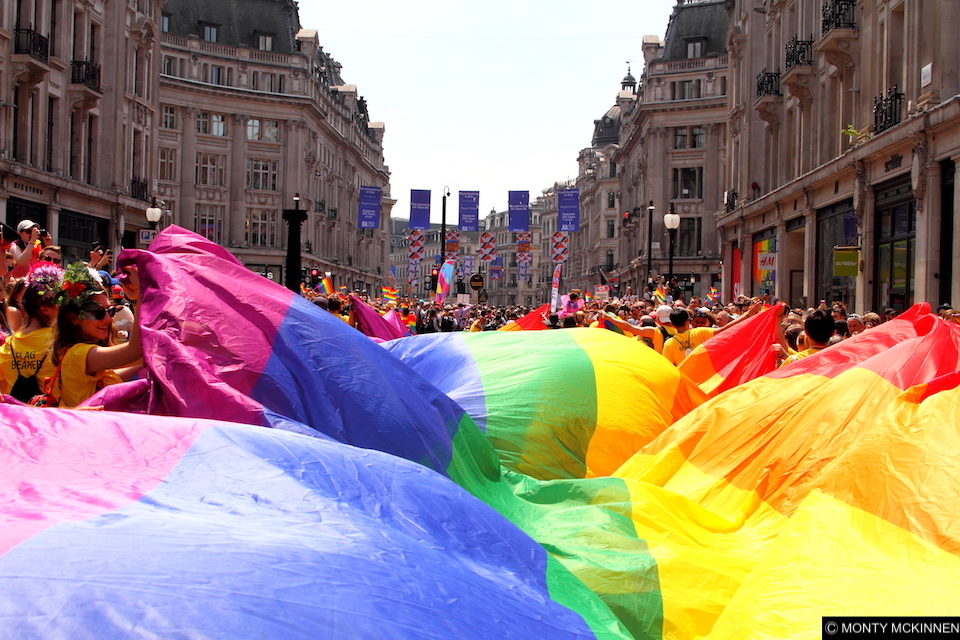
Peter Tatchell, one of the UK’s most famous LGBT+ rights advocates has said that pride, needs a “major rethink” and for it to “get back to what pride was originally about”.
The stalwart rights campaigner then put forth a four-point plan, which included returning the parade back to a political march, getting rid of corporate branding and banning motorised floats.
The plan, he suggested should be trialled for one year.
In a statement, Tatchell wrote
“As a Patron of Pride and one of the organisers of the UK’s first Pride in 1972,
“I have attended every parade since then – 47 in all.
“I believe a major rethink is needed. We need to get back to what Pride was originally about. “
Four ways to take pride back

The Pride parade should become a march for LGBT+ rights
As a political march, this would mean no charges being imposed by Westminster Council, the Metropolitan Police and the Greater London Authority, saving around £60,000 in fees to Westminster Council alone.
Pride should be open to all
There should be no restriction on the number of people who can march and no requirement to get a wristband.
Oppressive institutions should be excluded from Pride sponsorship & the parade
This includes weapons manufacturers, tobacco and fossil fuel companies and the Home Office until it stops incarcerating, banning employment and deporting LGBT+ refugees. Individuals from these institutions should still be welcome in the parade but without any corporate branding.
Ban motorised floats, except for disability vehicles
Having vehicles in the parade allows Westminster Council to slap onerous charges on Pride and contributes to the carbon emissions that fuel climate destruction.
Tatchell added, “I am proposing that these ideas be trialled for one-year in 2020. If they work, Pride can keep them permanently. If not, Pride can ditch them and try something new”.
Pride In London is one of the biggest prides in the country, which regularly sees over a million people watch and take part in the huge parade.
“The Pride parade can and should remain true to its founding ideals”
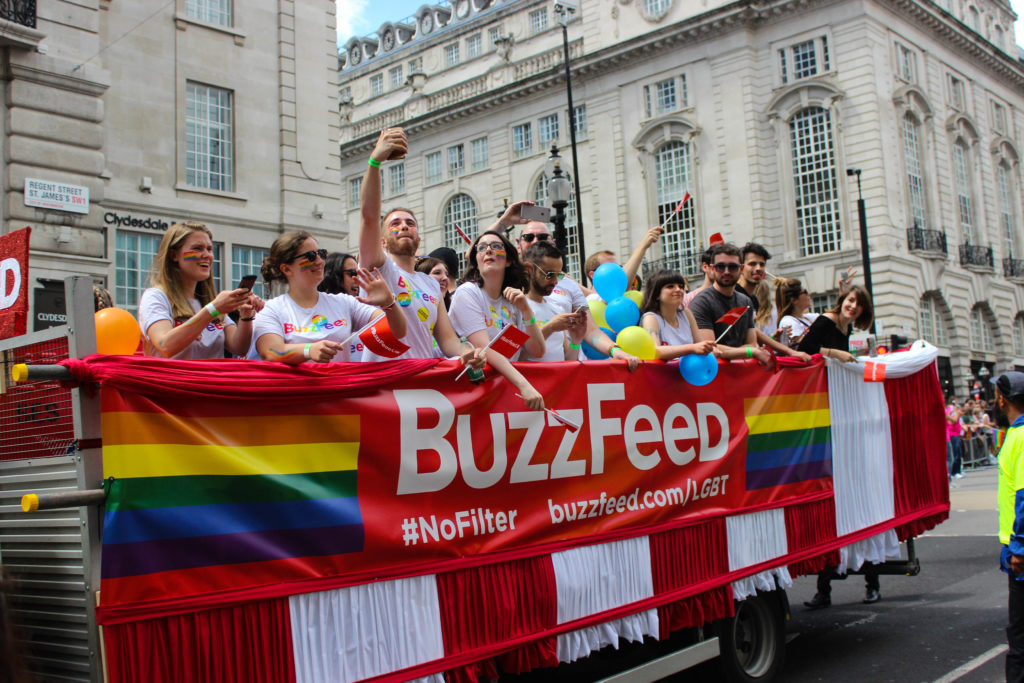
Tatchell reiterated what Pride was all about saying,
“The founding principles of the LGBT+ Pride parade in 1972 were: LGBT+ visibility, the celebration of LGBT+ life and culture and the demand for LGBT+ liberation, including the abolition of discriminatory laws and reform of anti-LGBT+ institutions. It was open to all who supported these core principles.
“The Pride parade can and should remain true to its founding ideals.
“Pride must be by and for the LGBT+ community – not city authorities or corporate funders. Their support is welcome but it must not dictate”.
Pride operates on the terms of Westminster Council, the police and Sadiq Khan
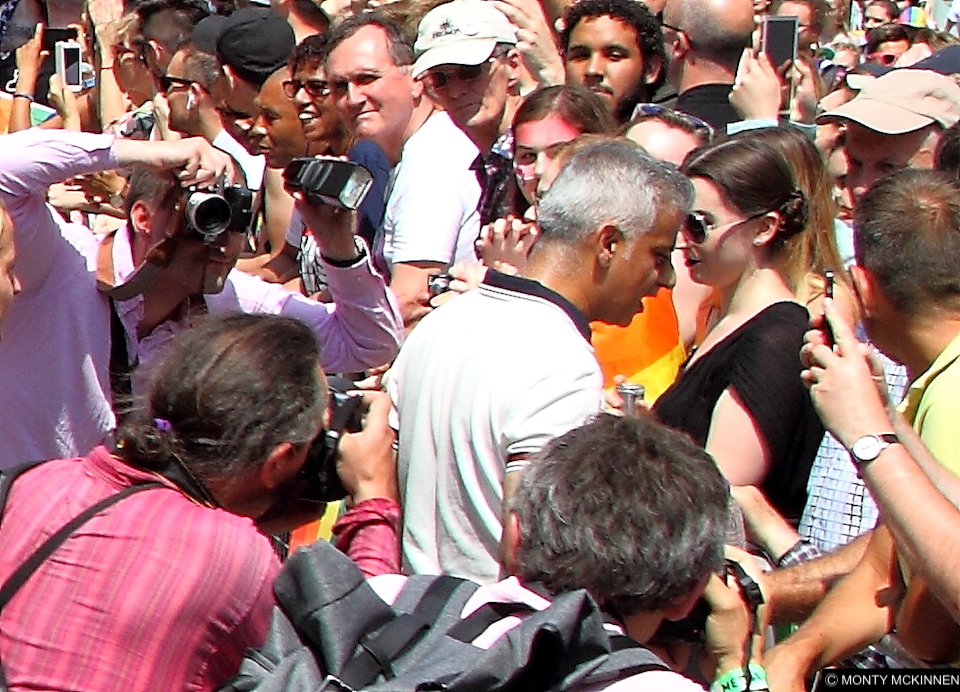
Highlighting some of the constraints that Pride In London faces, Tatchell revealed,
“The Mayor of London, Westminster council and the Metropolitan Police now hold the whip-hand. The Pride parade operates on their terms – not ours.
“We must reject any cap on numbers in the parade. It goes against the ethos of Pride which was, until recent years, open to all. In 1997, there were over 100,000 people in the parade and 300,000 at the post-parade festival on Clapham Common. Numbers are not everything but they should not be artificially restricted.
What is Peter’s vision for Pride?
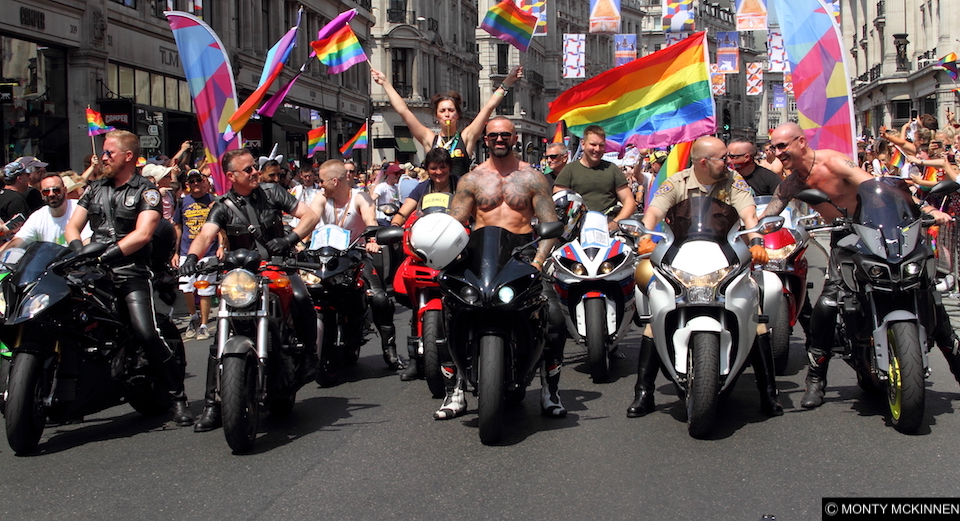
“Revert to a political carnival parade for LGBT rights, like the first one in 1972. If it is a political march there would be no fees payable to the police, council etc.
“Political marches are not charged. The anti-austerity and anti-Brexit marches were not subject to any of the draconian costs and restrictions on numbers that have been imposed on Pride.
“Pride can be political and still have a colourful, joyous carnival atmosphere, as in 1972 and 1997.
“To cut parade costs, motorised floats should be axed and replaced by other options, such as hand-pulled non-motorised floats – mounted on flatbeds on wheels – as some groups had in 1997.
“These were smaller in size than the gigantic bus and truck floats of recent years but still fabulous and more diverse and imaginative eg the OutRage! giant papier-mache head of Tony Blair in Pride 1998. The Thames Festival parade is awesome but has no motorised floats. I remember a huge dragon held aloft by dozens of parade participants using tall poles. It was very effective and dramatic; proving that motorised floats are not the only way to have a spectacular carnival parade.
“My congratulations and thanks to the Pride organisers, the Community Advisory Board and all the volunteers who make Pride in London possible. Pride’s online consultation seeking LGBT+ input regarding the future of the parade was commendable. I salute you,” said Peter Tatchell.



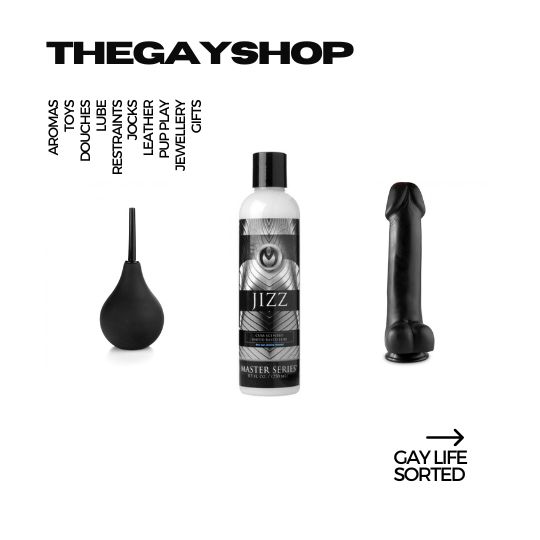
Peter is absolutely right. Make Pride political…
I grew up in Chicago and started to attend pride parades in 1978 or so, when I was a teenager. I don’t remember whether it was at the first one or the second one, but at the rally which followed, two elderly women were presented who, we were told, had both been married to men, but were now free to love one another. Everyone cheered, but I thought that it was sad that the two women had had to wait so long to be their own true selves. The last time I was at a pride parade in Chicago was two years ago. A good friend got me a spot on the roof of the Halsted Center, which was great. My main impression, however, was that the parade, while still festive and uplifting, had become heavily commercialized. Back in the early days, floats were always sponsored by local gay bars, with attractive members of the species in the smallest possible amount of clothing gyrating away to the beat of disco music, which I have always thought to be the best dance music ever. I remember one year seeing a float sponsored by a company that changes the oil in your car and thought “now we really have arrived.”
But my main point is that I have a comparison. Here in Riga, Latvia, early pride events were always held in closed locations with protesters baying outside. One year, when the interior minister was a notorious homophobe, people through sacks of excrement at pride participants outside a hotel where a conference had just been held. I have always been mystified by the question of how one gathers a sack of human excrement, which seems unbelievably gross to me, but that’s not the point. In 2015, Riga hosted European Pride week, and that year there was a parade in the streets. Where in earlier years attendance at pride had been a comparatively small number of locals and a very large contingent of people from other countries and particularly from Amnesty International, always there for the support, there were thousands of Latvians in the Europride parade, including, crucially, several members of Parliament. That is not to say that Latvia has done anything to approve LGBTQ+ rights. Earlier this year a proposed law on a civil partnership system was killed in committee even without a vote. But the point is that the community here in Latvia has found its voice. The three Baltic States rotate pride, one year here, one year in Lithuania, one year in Estonia, etc. Last year was Riga’s turn, and the turnout for the parade was even larger than for Europride. I am unspeakably proud of the fact that the television station where I work freed up a full hour to allow me to report live from the parade for the audience. That was wonderful. and all of this is that I fully subscribe to Mr Tatchell’s points, and I hope that London pride organizers really will try them out next year. God bless, all good people in the UK!